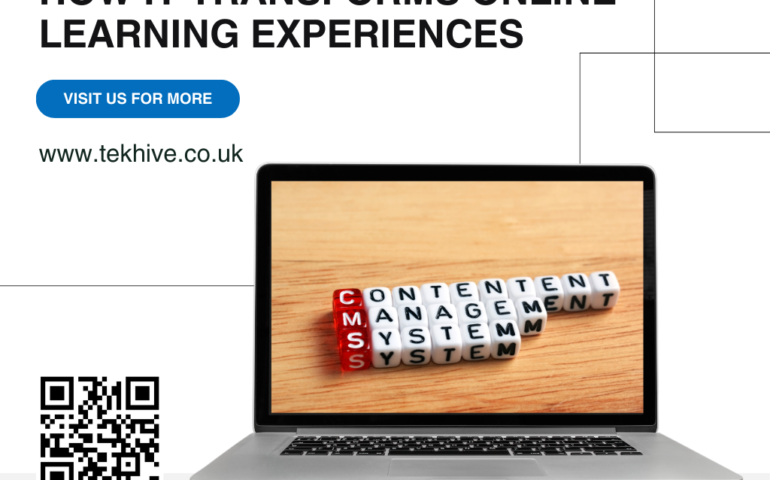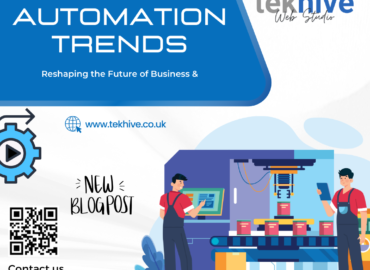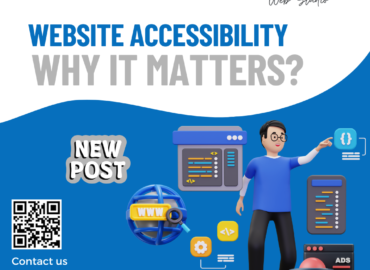
Learning Content Management System

In today’s fast-paced digital world, delivering quality education has become more accessible than ever. With the rise of online learning, educators and organizations need effective tools to create, manage, and deliver educational content. This is where a Learning Content Management System (LCMS) plays a vital role. From facilitating content development to improving learner engagement, an LCMS can transform the entire e-learning experience. In this comprehensive guide, we’ll delve into the core aspects of a Learning Content Management System, its benefits, features, and best practices for implementation.
What Is a Learning Content Management System (LCMS)?
A Learning Content Management System (LCMS) is a software platform designed to manage the end-to-end process of creating, managing, and delivering educational content. Unlike a Learning Management System (LMS), which focuses mainly on the delivery and tracking of learning, an LCMS is primarily used for content creation, storage, and distribution.
Key Features of an LCMS
- Content Creation Tools: Enables the development of engaging multimedia content.
- Content Storage: Centralized storage for easy access to learning materials.
- Collaboration Features: Facilitates teamwork among content developers, instructors, and subject matter experts.
- Content Delivery Options: Supports different formats, such as videos, quizzes, presentations, and interactive modules.
Why Use a Learning Content Management System?
Integrating a Learning Content Management System into your e-learning strategy can offer numerous advantages. Here are some compelling reasons why organizations and educators should consider using an LCMS:
1. Efficient Content Creation and Management
One of the primary reasons to use an LCMS is its ability to streamline the content creation process. With built-in authoring tools, instructors can create interactive content like quizzes, videos, and simulations effortlessly. Moreover, an LCMS enables efficient management of content with features like version control, templates, and multimedia integration.
2. Centralized Storage for Easy Access
An LCMS offers centralized storage, allowing instructors and learners to access course materials anytime, anywhere. By housing all resources in one location, an LCMS makes it easier for educators to organize and update materials, ensuring consistency across courses.
3. Supports Diverse Learning Formats
Whether it’s videos, eBooks, podcasts, or interactive assessments, an LCMS supports multiple content formats. This flexibility ensures that learners with different preferences can engage with the material in a way that suits their learning style, enhancing overall retention rates.
4. Improved Collaboration Among Teams
Collaboration is crucial in the content development process, and an LCMS facilitates seamless teamwork. Educators, instructional designers, and subject matter experts can work together within the system, share feedback, and make real-time updates, making the content creation process faster and more efficient.
5. Scalability for Growing Needs
An LCMS is designed to scale with your organization’s growth. Whether you’re onboarding new employees or expanding your training programs, the system can handle increasing content demands without compromising performance or accessibility.
How to Choose the Right Learning Content Management System
With so many options available, selecting the right LCMS can be challenging. Here’s a breakdown of essential factors to consider:
1. Assess Your Needs and Goals
Before exploring different LCMS platforms, identify your specific learning objectives and requirements. Are you looking to improve content creation, increase engagement, or streamline course delivery? Knowing your goals will help you narrow down your options.
2. User-Friendly Interface
A user-friendly interface is crucial for both educators and learners. The system should be intuitive, making it easy for instructors to develop content and for learners to navigate through courses.
3. Integration Capabilities
Ensure that the LCMS integrates well with existing tools like Learning Management Systems (LMS), Customer Relationship Management (CRM) software, or Human Resources Information Systems (HRIS). Seamless integration ensures a smooth workflow and minimizes potential disruptions.
4. Cost and Budget Considerations
Budget is an important factor when choosing an LCMS. While some systems offer comprehensive features at a higher cost, others may provide basic functionalities for a more affordable price. Evaluate your budget and compare the features to determine the best value for your investment.
5. Content Security and Data Privacy
Content security is critical, especially when dealing with sensitive information. Ensure that the LCMS complies with data protection regulations and offers robust security measures like data encryption, secure login, and regular system updates.
Best Practices for Implementing an LCMS
Implementing an LCMS can be a complex process, but following these best practices can simplify the transition and ensure success:
1. Plan and Prepare
Before rolling out an LCMS, establish a clear implementation plan. Define roles and responsibilities, set timelines, and allocate resources effectively.
2. Train Your Team
Proper training is essential for successful implementation. Educators, administrators, and content creators should receive adequate training on how to use the LCMS, develop content, and manage resources.
3. Test and Refine the System
Before full-scale implementation, run pilot tests to identify potential issues and refine the system accordingly. Collect feedback from users to make necessary adjustments and improvements.
4. Monitor and Measure Performance
After implementation, track the performance of the LCMS to ensure that it meets your learning objectives. Use built-in analytics to measure learner engagement, content effectiveness, and overall system performance.
5. Keep Content Updated
Regularly review and update your learning content to keep it relevant and engaging. An LCMS makes it easier to modify and update content, ensuring that learners always have access to the latest information.
The Future of Learning Content Management Systems
The evolution of technology is shaping the future of Learning Content Management Systems. With the incorporation of artificial intelligence, machine learning, and virtual reality, LCMS platforms are expected to offer even more personalized and immersive learning experiences.
1. AI-Driven Personalization
AI integration can enable LCMS platforms to deliver personalized learning experiences based on learner behavior and preferences. This makes the content more engaging, leading to higher retention rates.
2. Gamification Features

Adding gamification elements, like rewards, badges, and leaderboards, can increase learner motivation and engagement. Gamified learning experiences are particularly effective for corporate training and skill development programs.
3. Mobile Learning Capabilities
Mobile compatibility is becoming a standard requirement for LCMS platforms, allowing learners to access content on their smartphones or tablets. This ensures flexibility and convenience, making it easier for learners to fit education into their busy schedules.
Importance of Learning Content Management System
A Learning Content Management System is a powerful tool for educators and organizations seeking to enhance the online learning experience. From content creation and management to delivery and engagement, an LCMS offers a comprehensive solution to modern e-learning needs. By understanding its benefits, choosing the right platform, and implementing best practices, you can create effective, engaging, and scalable learning experiences. As technology continues to advance, LCMS platforms will undoubtedly play an even more crucial role in the future of education.
If you want to read more information about how to boost your website traffic, just visit –> TekHive





